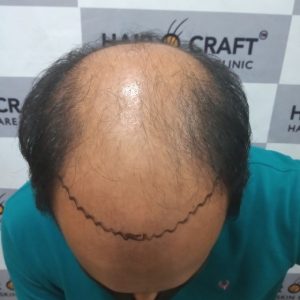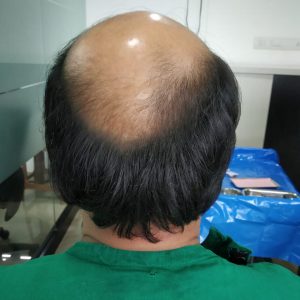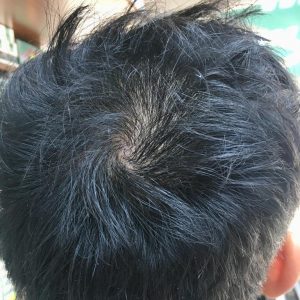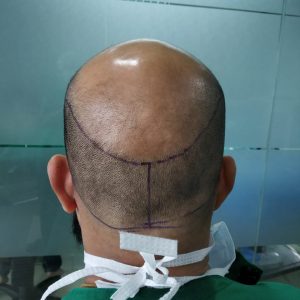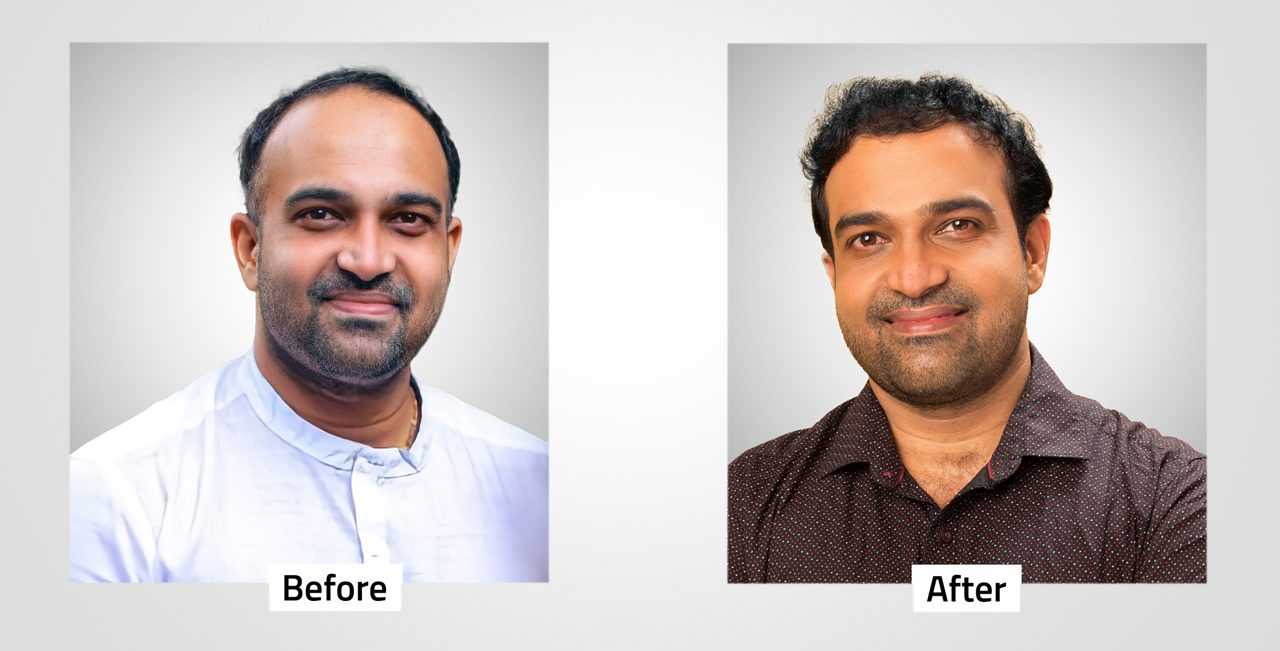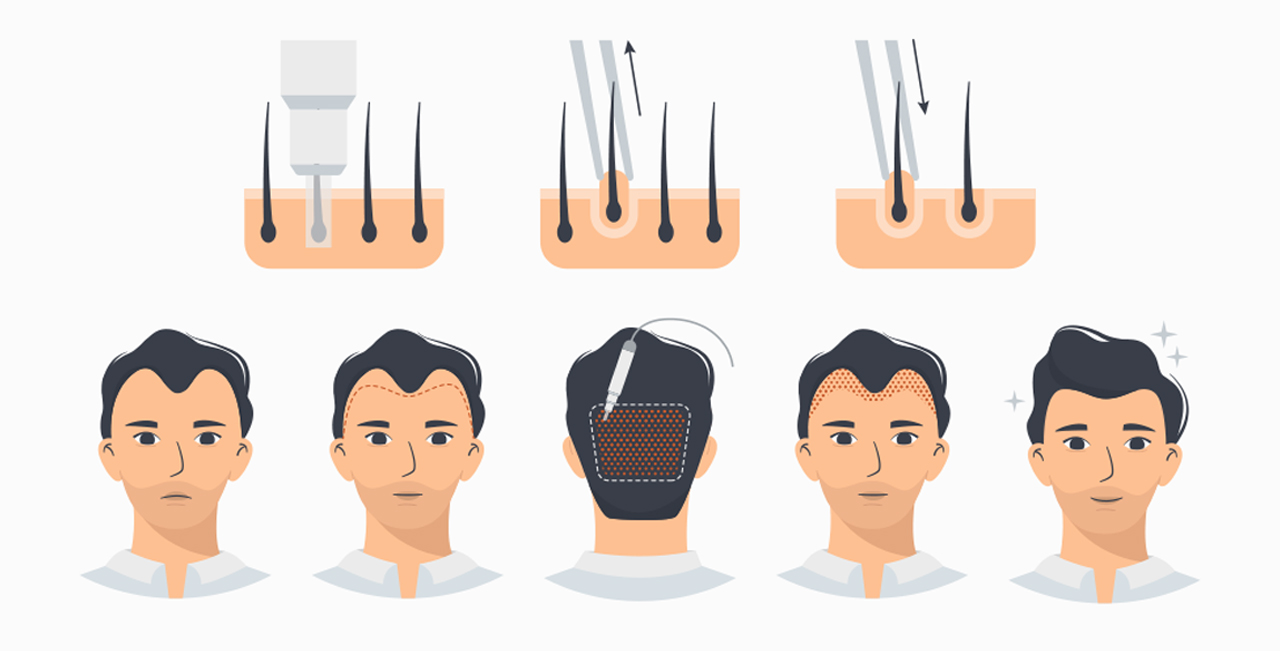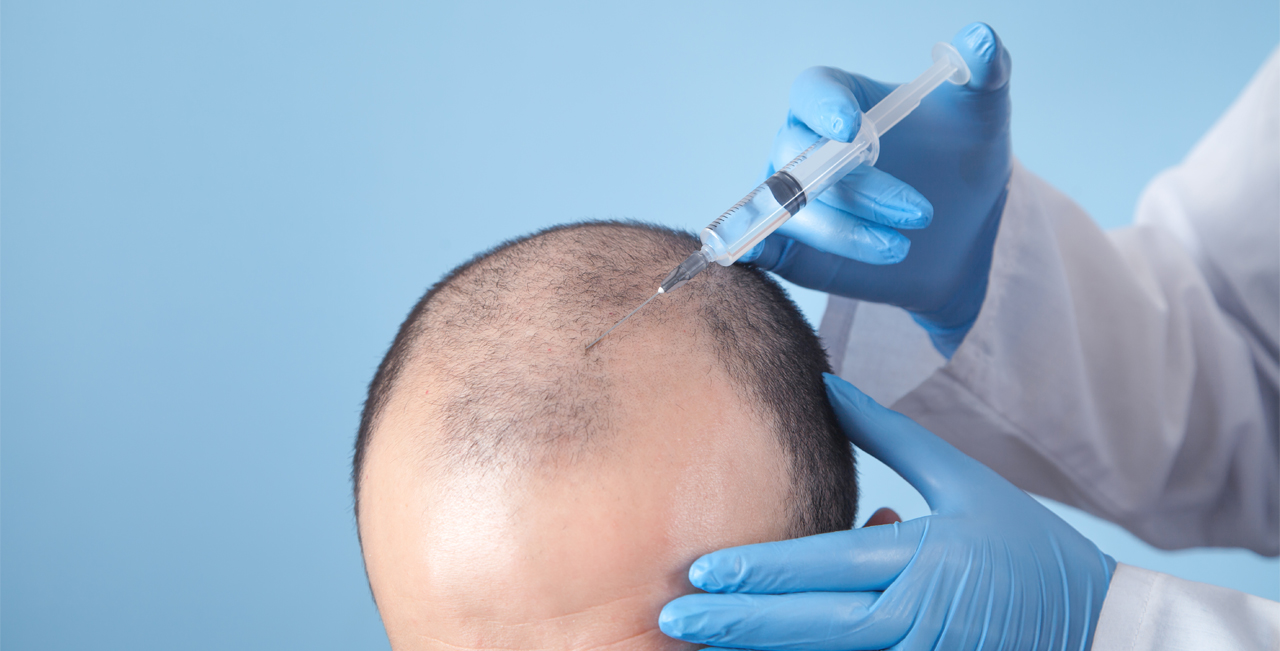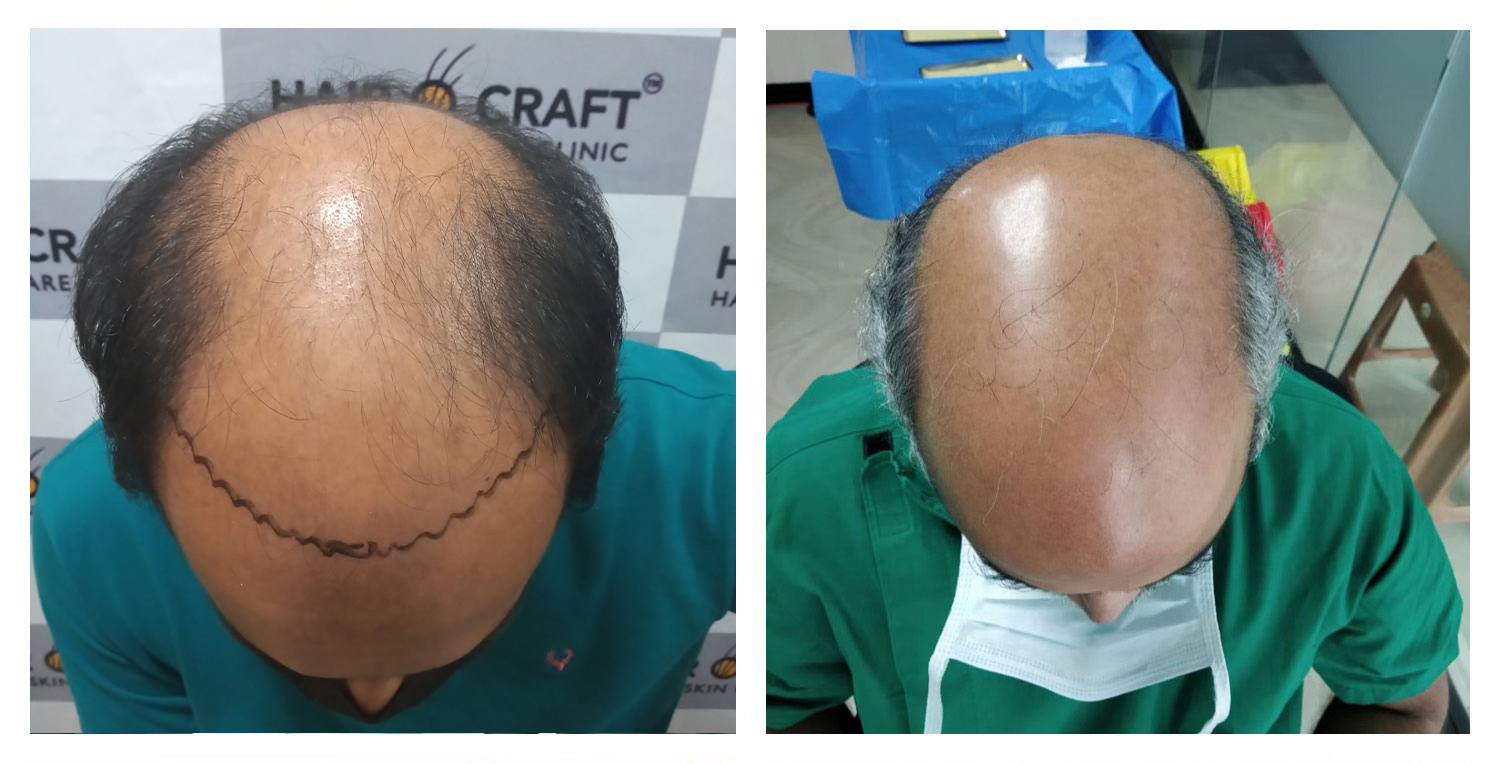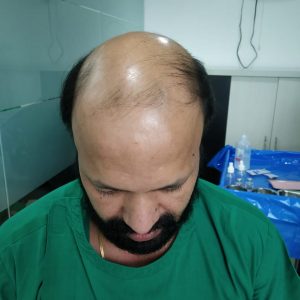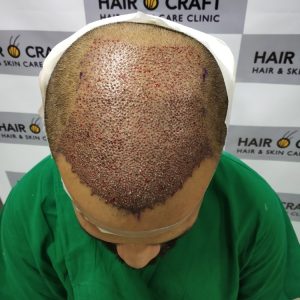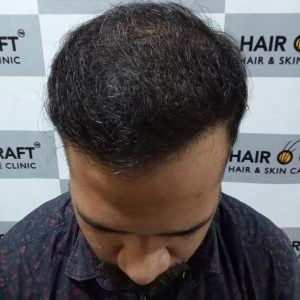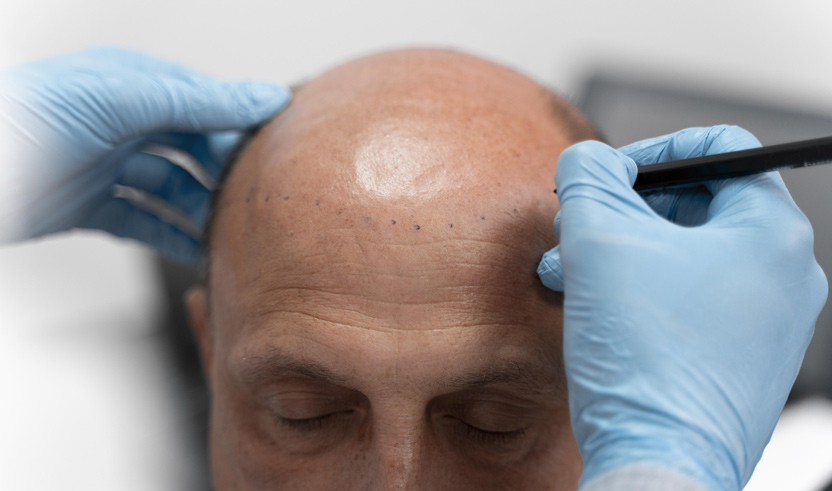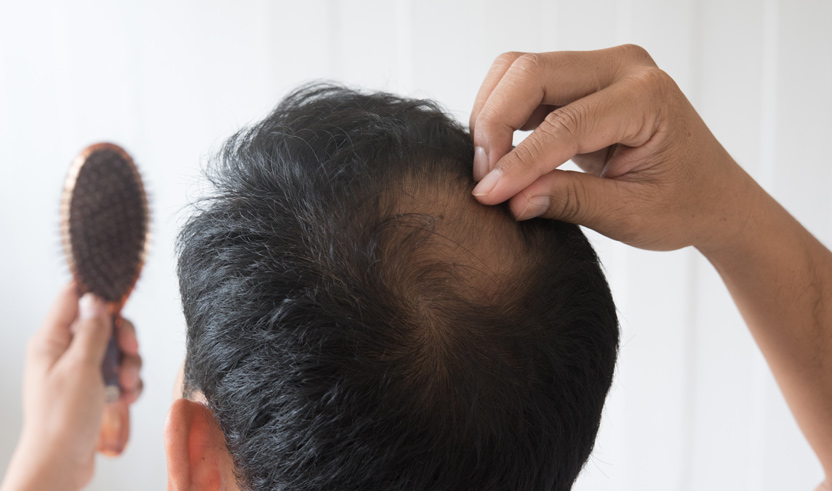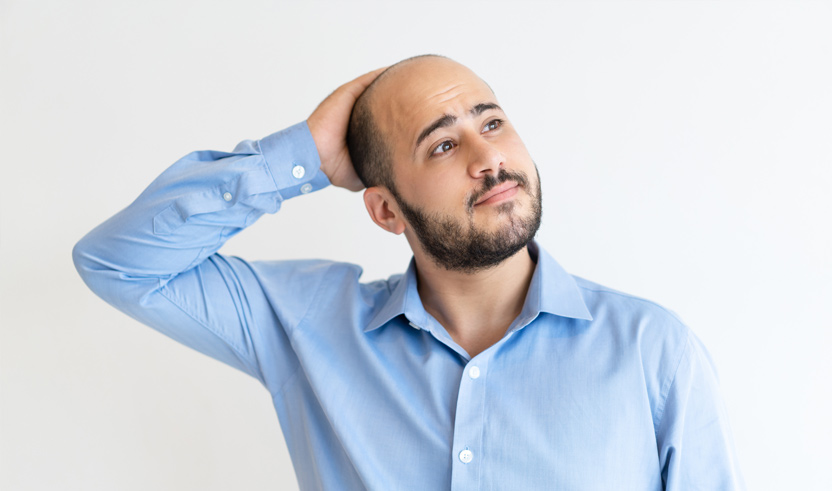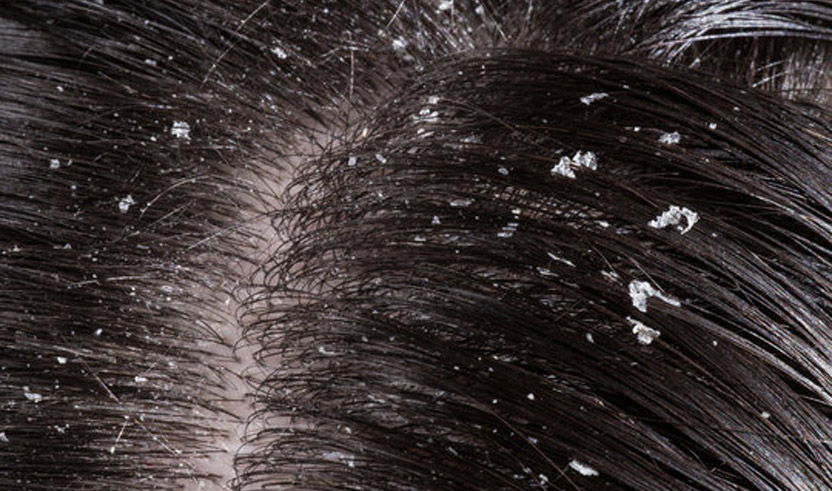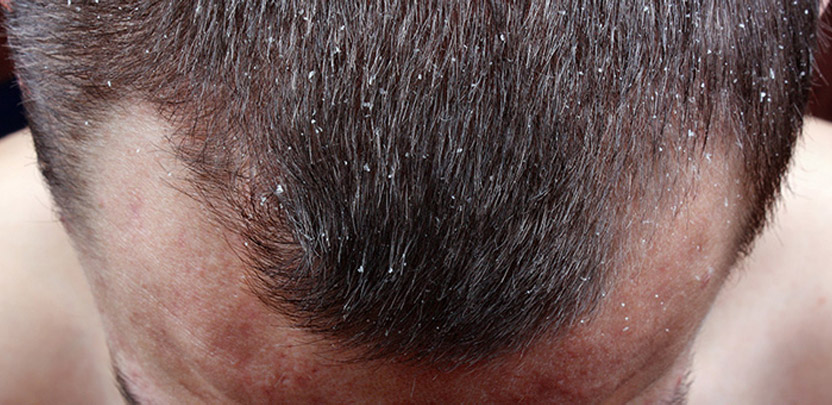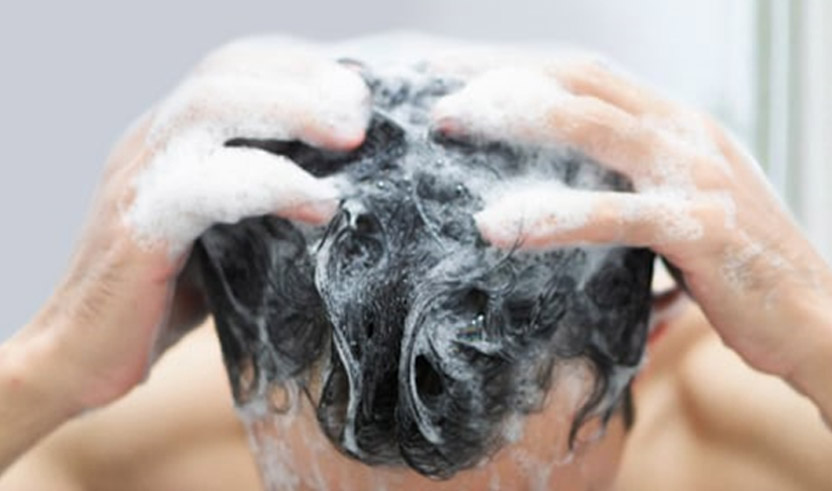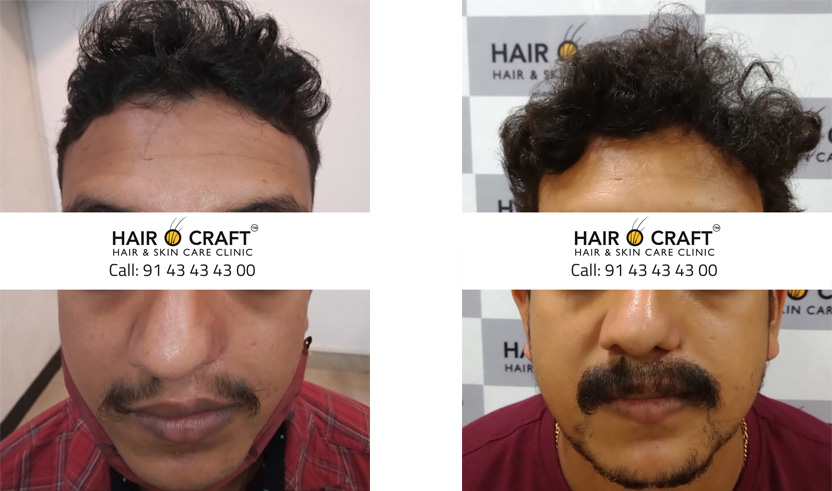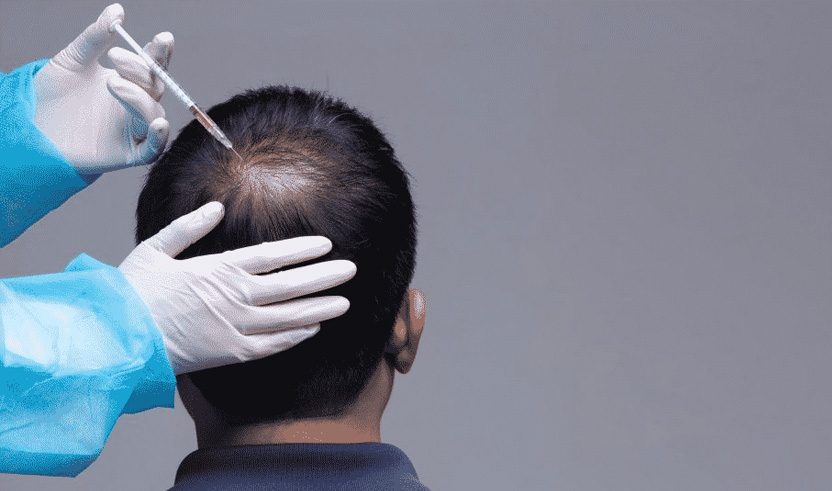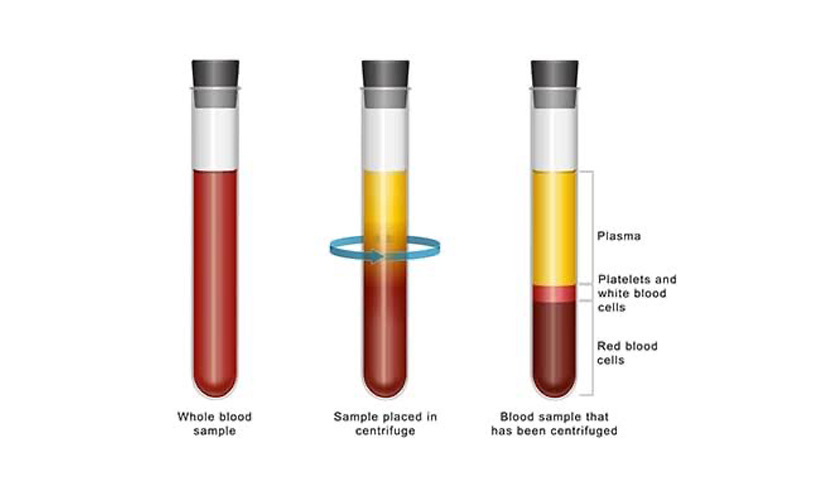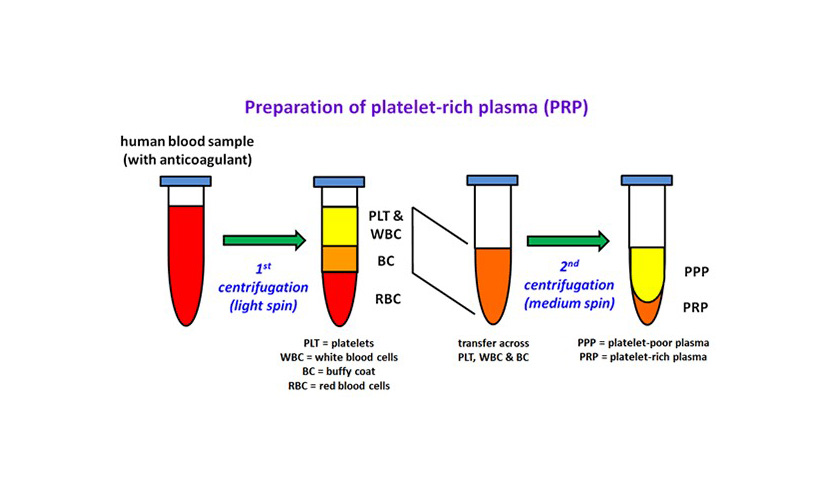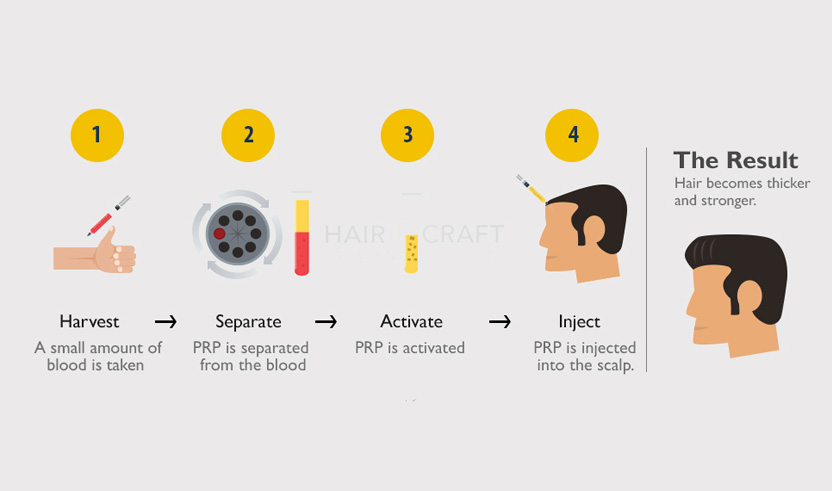It is very common for patients to lose some of their transplanted hair in the first few weeks following a hair transplant procedure. While this may be worrisome at first, there is no cause for alarm if you are following your post-operative care instructions. The hair will grow in due course.
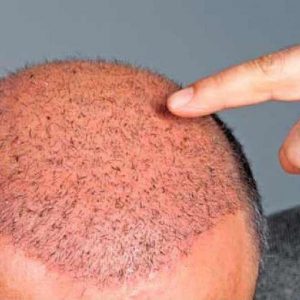
What is hair shedding?
Majority of transplanted hair falls out after two weeks in a process called hair shedding it is necessary for follicles to regenerate & create new hair. After hair transplant, a crust may be formed at the base of each hair shaft. The scabs falling off with hairs still attached to it do not mean that the follicle has been removed. The follicle remains in the same place beneath the scalp from which new hairs start growing gradually. The scabs will start to fall off in 5 to 7 days from the donor area & 7-10 days from the recipient area.
Great care must be taken post-surgery to minimize pain & eliminate the chances of infection. Cleaning is necessary to get rid of scabs & promote healing. Hair survives during the first 5 days after the hair transplant. But, the patient should still be very careful about scratching the scalp or washing the recipient area. The healthy follicles would be firmly in place within 10 days after the procedure and they cannot be dislodged. The shedding does not represent a lost graft.
What is shock loss?
The sudden loss of hair from the recipient or donor area within 4-8 weeks after surgery is called shock loss. In some cases, shock loss can occur even sooner. Great care should be taken to minimize the risk of experiencing the shock loss. However, this is a temporary phase and a normal part of the healing process.
Generally, shock loss is a natural response to hair transplant surgery among the minority of the population. Women are more likely to experience shock loss compared to men.

